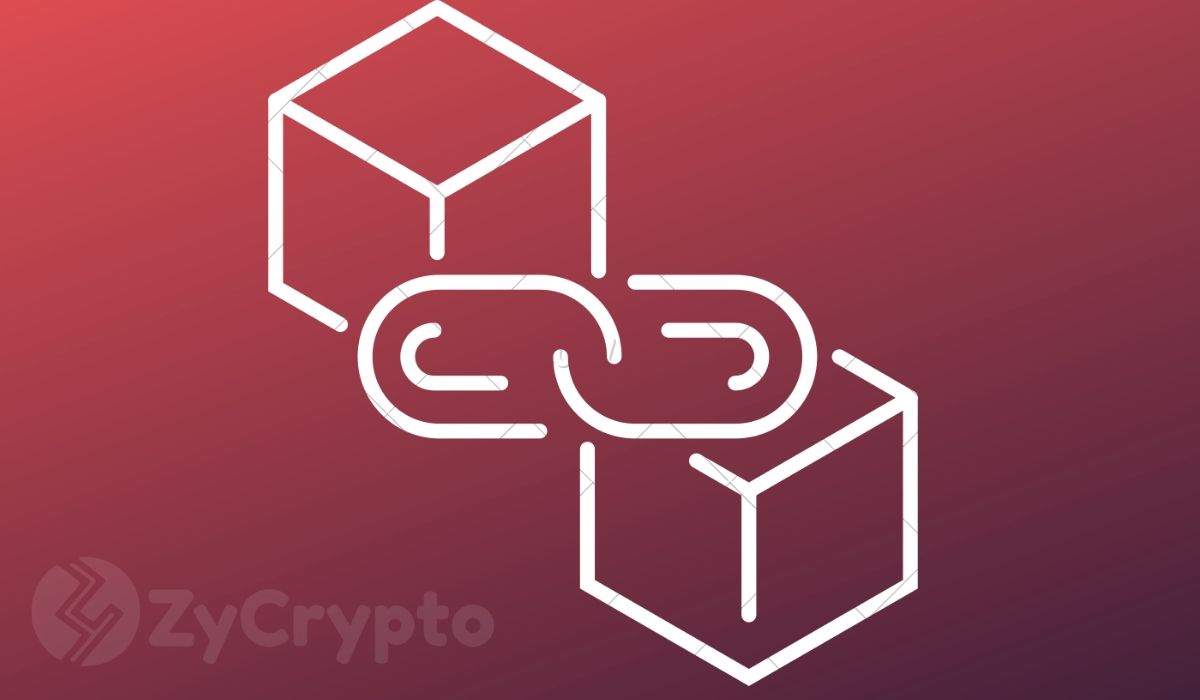Once touted as a bubble bound to burst, blockchain technology has passed the test of time. Not only is the technology being leveraged in the cryptoverse, but in several other sectors, such as energy, travel, and medicine among others. Of the many technological sectors making use of blockchain technology, its association with artificial intelligence is indeed quite interesting, to say the least.
“Artificial intelligence is about replacing human decision making with more sophisticated technologies.” – Falguni Desai
The Benefits of Integrating Artificial Intelligence and Blockchain Technology
- Artificial Intelligence and Cryptography
Blockchain-backed databases store data in an encrypted state, securing private data. There is an emerging field of artificial intelligence that deals with working on data in an encrypted state.
Processing encrypted information could expose sensitive data to possible security risks, hence bringing into the equation blockchain technology – To make this process safer, and possibly risk-free.
- Blockchain Technology Can Help Understand, Track and Explain Decisions Made By Artificial Intelligence
Artificial intelligence encompasses the art of machines possessing human-like intelligence and decision making capacities. Blockchain technology can help understand decisions made by artificial intelligence.
By recording decision making processes on blockchain-backed technology, we can examine and analyze their abilities, as well as bring to public light a level of transparency, which is much needed.
- Artificial Intelligence Can Manage Blockchains More Efficiently Than Computers
Computer systems require a large number of instructions to process and perform a task. Artificial intelligence in itself is a step away from this approach.
Artificial intelligence can handle data on a larger scale, integrating new data present on public blockchains in the decision making process without the need for human interference in the coding procedure. Supervising data usage will be easier as well, on the integration of blockchain technology and artificial intelligence.
Conclusion
While the concept of integrating the two technologies is still a work in progress, several major economies have already begun their quest of launching initiatives towards the same.
The total positivity of these two technological extremities could go a long way in simplifying human endeavor and leveraging technology for the greater good. It would also lead to several new opportunities and a new dimension to technology as a whole.






